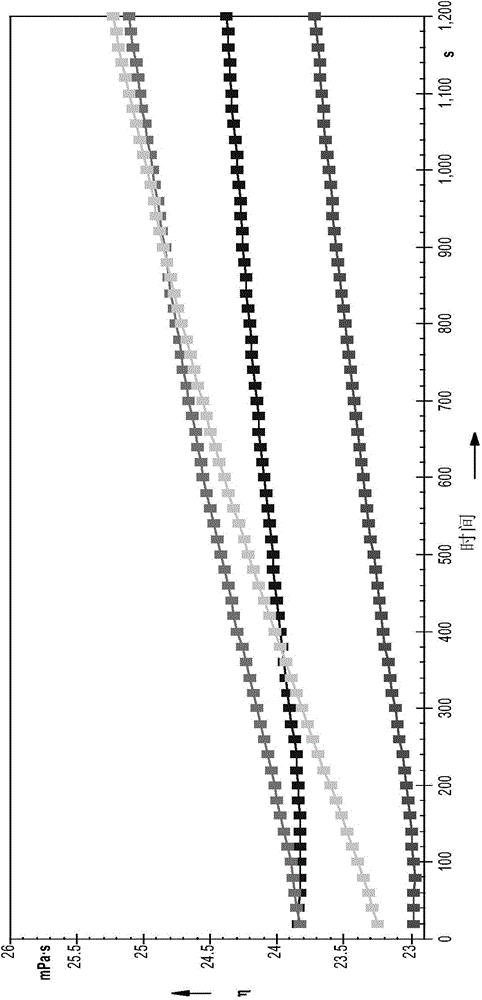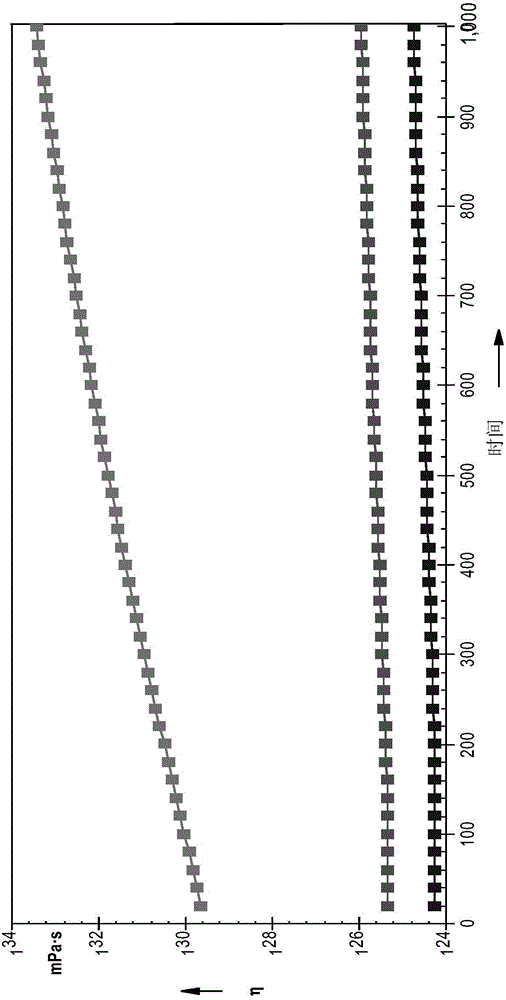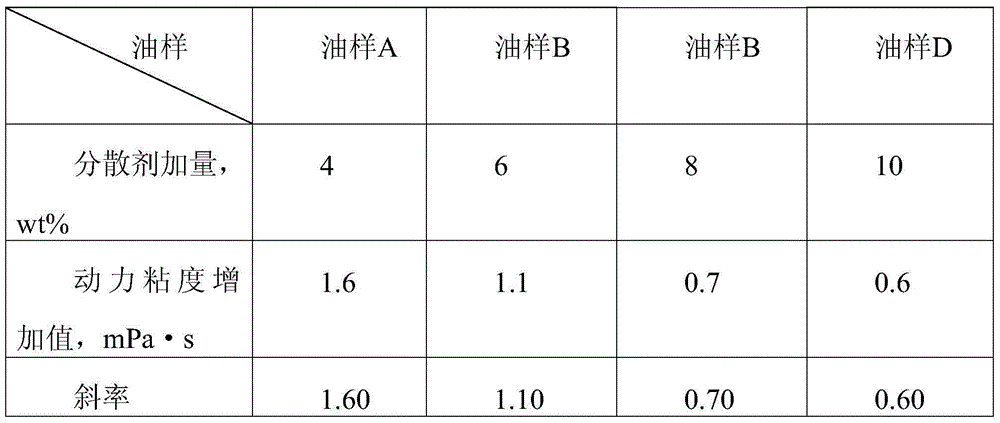Method for testing soot dispersing performance of engine oil
A technology of dispersion performance and testing method, applied in the direction of material inspection products, etc., can solve the problems of affecting dispersion bench correlation, simulate oil dispersion performance, etc., and achieve the effect of saving money and manpower, short test period and low cost
- Summary
- Abstract
- Description
- Claims
- Application Information
AI Technical Summary
Problems solved by technology
Method used
Image
Examples
Embodiment 1
[0025] A method for testing engine oil soot dispersion performance, comprising the following steps:
[0026] A. Separation of the oil product tested on the CumminsISM bench test in an ultracentrifuge, the centrifuge speed is 10000-150000rpm, the separation time is 5h, the upper liquid is removed, the soot particles at the bottom are taken out and stirred evenly, then added to the engine oil, and stirred Mix evenly to form the oil sample to be tested. The oil sample to be tested is stirred at a speed of 2000-20000rpm, and the stirring time is 1-60min, but not limited to this; the oil added during the separation of the oil in the ultracentrifuge The dosage of the dispersant is (mass percentage) 4%, but not limited thereto.
[0027] B. The oil sample to be tested is placed in a rotational rheometer, and the viscosity of the oil sample is measured over time under a fixed shear rate and a fixed temperature. figure 1 As shown, the shear rate of the rotational rheometer is 10-300s ...
Embodiment 2
[0035] Separation of the oil product in the DV4 bench test in the ultracentrifuge, the centrifuge speed is 10000rpm, the separation time is 10 hours, the upper liquid is removed, the bottom soot particles are taken out and stirred evenly, then added to the engine oil, the soot particles and the engine The ratio of the oil is 10:90, and then stirred at a speed of 10000 rpm for 20 minutes under a high-speed mixer, and the two are mixed evenly to form the oil sample E to be tested. The oil sample E in this example is a commercial fully formulated engine oil with a quality grade of CF-4.
[0036] Put the oil sample E in the rotational rheometer, set the shear rate of the rotational rheometer to 100s-1, and the temperature to 40°C. Under these conditions, test for 1000 seconds, and measure the power of the oil from time t0 to time t1200 Viscosity increase value, and calculate its slope size, see figure 2 .
[0037] Then take oil sample F and oil sample G. The difference from oil...
Embodiment 3
[0043] Separation of the oil product in the MackT-8E bench test in an ultracentrifuge, the centrifuge speed is 80000rpm, the separation time is 16h, the upper liquid is removed, the soot particles at the bottom are taken out and stirred evenly, and then added to the engine oil. The ratio of the engine oil was 30:70, and then stirred at a speed of 5000 rpm for 40 minutes under a high-speed mixer, and the two were mixed evenly to form the oil sample H to be tested. The oil sample H in this example is a commercial fully formulated engine oil with a quality grade of CJ-4.
[0044] Put the oil sample H in the rotational rheometer, set the shear rate of the rotational rheometer to 200s-1, and the temperature to 120°C. Under these conditions, test for 800 seconds, and measure the power of the oil from time t100 to time t700 Viscosity increases and calculates its slope.
[0045] Take oil sample I again, the difference from oil sample H is that this oil sample is a laboratory blending...
PUM
 Login to View More
Login to View More Abstract
Description
Claims
Application Information
 Login to View More
Login to View More - R&D
- Intellectual Property
- Life Sciences
- Materials
- Tech Scout
- Unparalleled Data Quality
- Higher Quality Content
- 60% Fewer Hallucinations
Browse by: Latest US Patents, China's latest patents, Technical Efficacy Thesaurus, Application Domain, Technology Topic, Popular Technical Reports.
© 2025 PatSnap. All rights reserved.Legal|Privacy policy|Modern Slavery Act Transparency Statement|Sitemap|About US| Contact US: help@patsnap.com



